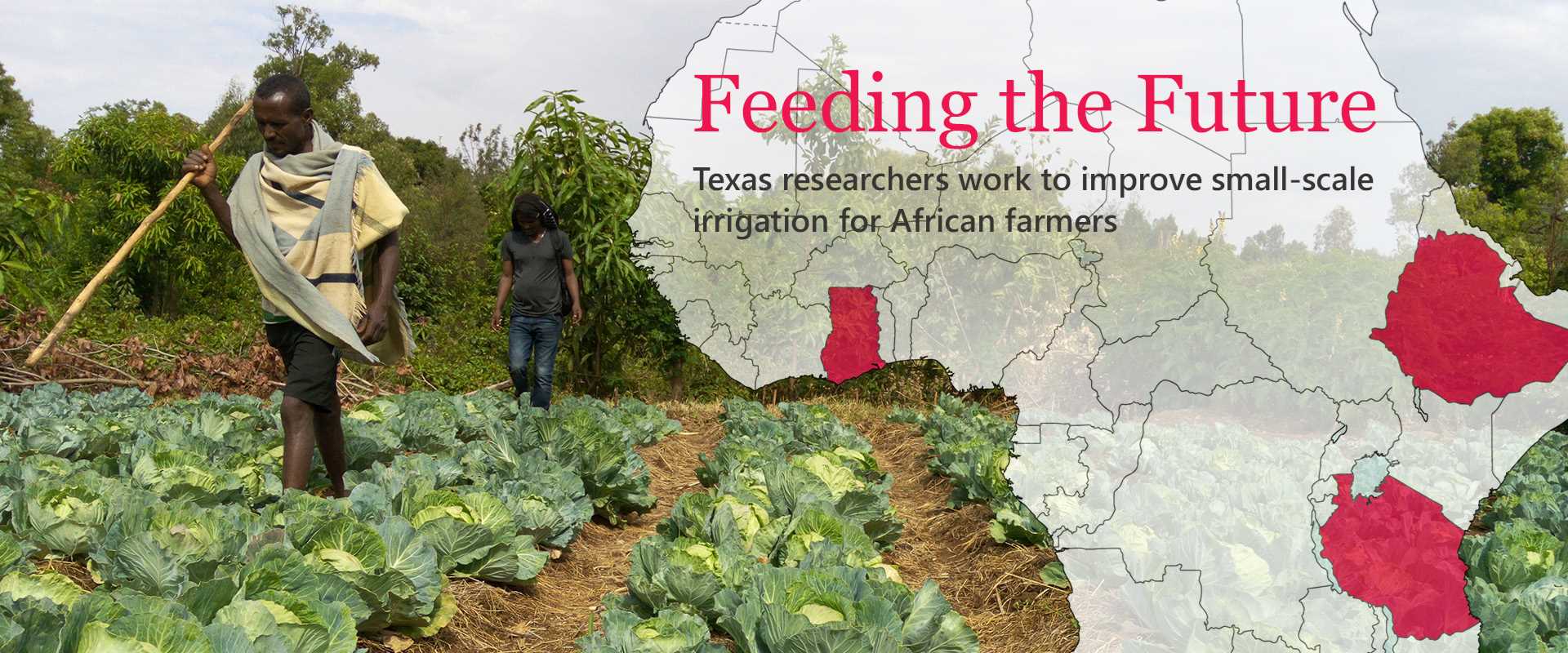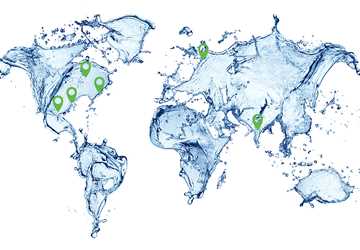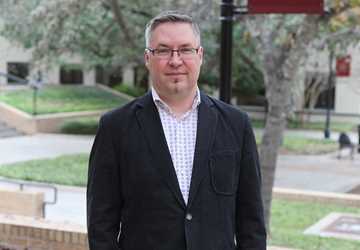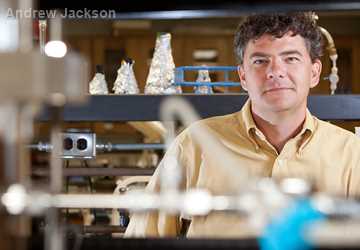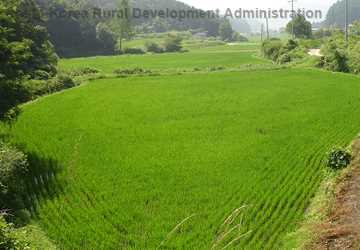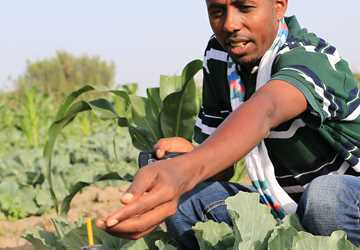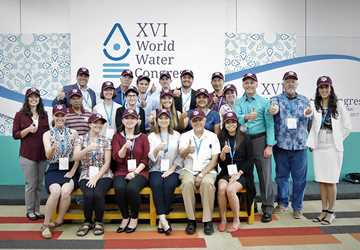One person in every four in sub-Saharan Africa lacks adequate food for a healthy and active life, according to the United Nations’ Food and Agriculture Organization (FAO). Many times water is the constraining factor.
The Norman Borlaug Institute for International Agriculture within the Texas A&M University System leads a project that is helping farmers acquire and use water more efficiently for irrigation to produce more food in Ethiopia, Ghana and Tanzania.
The project — Innovation Laboratory for Small-Scale Irrigation (ILSSI) — is one of 24 innovation labs within Feed the Future, the U.S. government’s global hunger and food security initiative, led by the U.S. Agency for International Development (USAID).
The Borlaug Institute is partnering with four organizations — the International Water Management Institute (IWMI), International Livestock Research Institute, International Food Policy Research Instituteand North Carolina A&T State University (N.C. A&T) — in this five-year project. Dr. Neville Clarke, special assistant to the vice chancellor of Texas A&M AgriLife Research, is director of ILSSI.
Together, the partners of ILSSI are working to help farmers by improving the use of scarce water supplies through innovations in small-scale irrigation. The innovation lab is creating research-based evidence that will contribute to increased food production, improved nutrition, accelerated economic development and environmental protection.
Partners of the Innovation Laboratory for Small-Scale Irrigation are working in Africa to help farmers by improving the use of scarce water supplies through innovations in small-scale irrigation.
More Information
- Feed the Future Innovation Laboratory for Small-Scale Irrigation fact sheet
- Water-smart investment benefits ripple beyond food security
- Pail-lifter, drip irrigation, and conservation agriculture technologies
- The Norman Borlaug Institute for International Agriculture
- Innovation Laboratory for Small-Scale Irrigation
- Feed the Future initiative
The need for irrigation
Many parts of sub-Saharan Africa only experience two seasons — rainy and dry seasons. When farmers are in a dry season, scarce water supplies can lead to less food and inadequate nutrition for families.
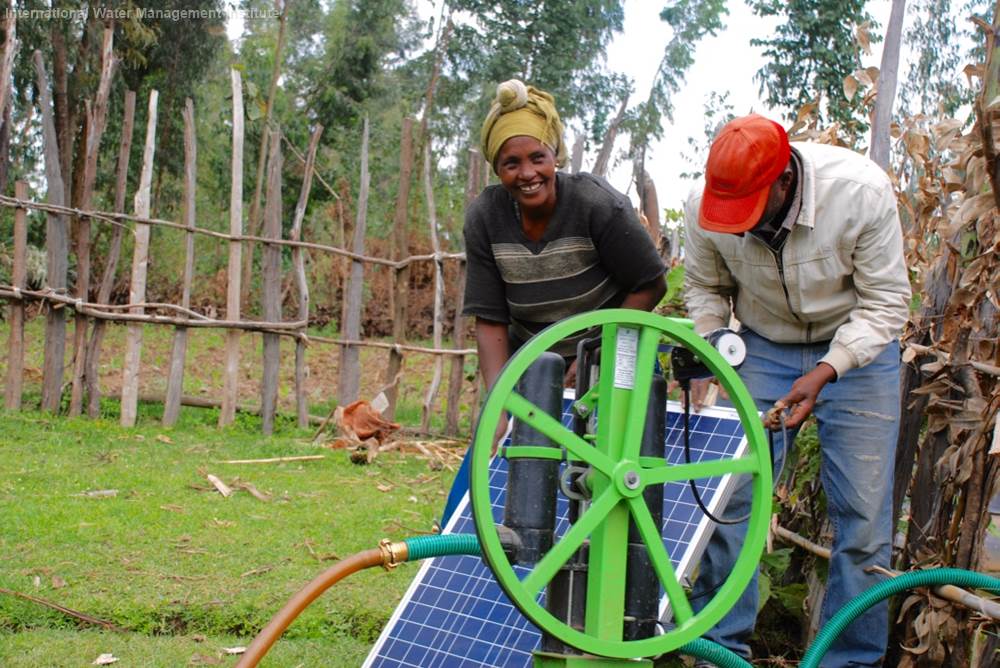
Using small-scale irrigation increases food production in the dry season and improves livelihoods, but currently only 7 percent of crops in Africa are irrigated, according to the FAO.
“Farmers grow and store grain in the wet season, and in the dry season all they eat is grain,” Clarke said. “Irrigation has the obvious advantage of fresh food all year long.”
Efficient water innovations
Field studies at the farm and watershed level evaluate small-scale irrigation interventions to improve the lifting, transporting and distribution of water to the farmers’ fields. Extraction tools include well-water pail-lifters, mechanical pumps and solar pumps, all of which provide multiple benefits for irrigation, livestock and household purposes. With funding from the project, a team of engineers designed a simple, mechanized pail-lifter that lifts water from a well and then stores it in a tank. From the tank, water is distributed to the field using a drip irrigation system.
Matt Stellbauer, senior project manager for ILSSI at the Borlaug Institute, said this easier access to water addresses many problems. “When farmers no longer have to hand lift water from the well, they save on labor costs and time and increase productivity,” he said.
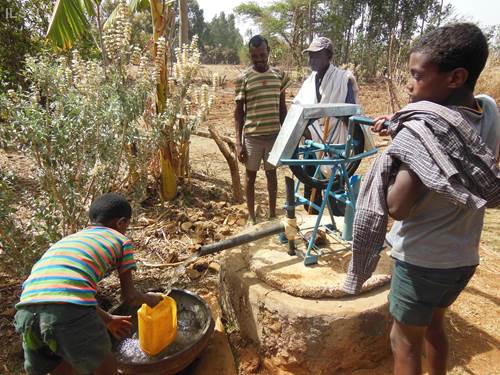
Farmers also receive training to use irrigation scheduling tools that will further conserve water and labor.
Dr. Nicole Lefore, project leader for IWMI, said irrigation scheduling technologies range from mechanical, low-cost tools to higher-tech cameras and sensors that link to the internet, automatically uploading the soil moisture and crop water requirement data.
Stellbauer said farmers previously used flood irrigation, a less efficient method of irrigation that decreases soil quality and does not always allow the farmer to maximize the crop water potential.
Innovations such as wetting front detectors prevent farmers from overwatering, saving time and water while growing just as much crops as compared to conventional farming methods.
Farmers grow and store grain in the wet season, and in the dry season all they eat is grain. Irrigation has the obvious advantage of fresh food all year long.
“A wetting front detector is a valuable irrigation scheduling tool that senses moisture in the soil and indicates when to increase water consumption to be most effective,” Stellbauer said.
He said trials of irrigation scheduling tools suggest that using the wetting front detector can increase on-field water use by 30 percent at critical growth stages and reduce water use when it is not needed.
“This can double crop yields, resulting in more yield for water used while also reducing labor for farmers,” he said.
Water conservation in farming
Field studies also compare the results of conventional farming methods to conservation agriculture. Conservation agriculture practices include applying mulch and using drip irrigation.
Dr. Manoj Jha, an associate professor at N.C. A&T, said multiple benefits were observed from the vegetable garden field experiments that used conservation agriculture practices in terms of improving the livelihood of smallholder farmers.
“Producing vegetables under conservation agriculture and drip irrigation were found to increase yield and water productivity, improve soil quality and save labor when compared to conventional farming practices,” he said. “In addition to having significant increase of vegetable yield, a substantial amount of water savings were observed. This helped the farmers in the region to produce twice in the dry season alone.
“Conservation agriculture is considered as a strategic approach to improve food security and minimize children’s death and stunting caused by malnutrition, which is a serious problem in the region,” Jha said.
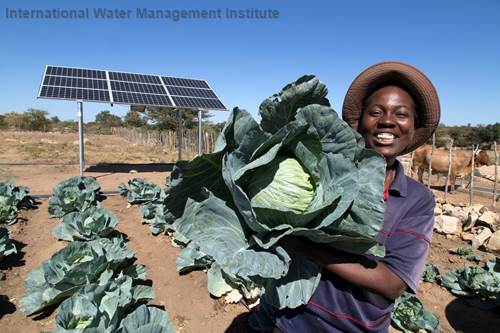
Texas A&M modeling technology proves irrigation success
Along with the field studies and irrigation innovations, researchers use an integrated modeling system developed and used at Texas A&M. The Integrated Decision Support System (IDSS) is a suite of models — APEX (Agricultural Policy Environmental eXtender), SWAT (Soil and Water Assessment Tool) and a farm income simulator, FARMSIM — used to estimate overall effects of small-scale irrigation at the national level. This provides methods for planning and evaluating new initiatives for water use.
The IDSS estimates the best combination of water, fertilizer and management practices as well as assesses the consequences of small-scale irrigation and these innovations on production, environmental and economic outcomes.
“The modeling can show the best places to irrigate, impact of irrigation on economics, and what technologies are going to work best in those areas, for which countries,” Stellbauer said.
In addition to having significant increase of vegetable yield, a substantial amount of water savings were observed. This helped the farmers in the region to produce twice in the dry season alone.
“We can take tools from Ethiopia for instance, and take it to Uganda and model the results of irrigation for other countries,” Clarke said.
Irrigation impacts
Project members conducted household surveys, interviewing families to understand the impact small-scale irrigation has on improved diet, income, hygiene and issues related to gender.
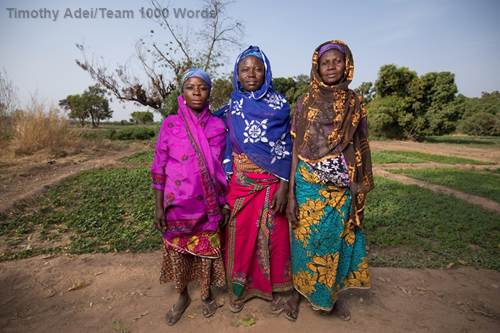
“A large percentage of farmers in Africa are women because of labor migration of the men to the cities for income and women are left to do the farming,” Clarke said. “Women are limited in their ability to use irrigation because of limited access to irrigation, education and borrowing money.
ILSSI is researching this knowledge gap to identify the technological, economic and cultural factors limiting women’s ability to irrigate. Researchers have found that gender-based differences in preferences, responsibilities and access to resources need to be considered, and a one-size-fits-all approach to irrigation is insufficient to achieve national gender equality, food security and climate resilience goals.
Clark said surveys of participating farm families are showing that income from crop sales is not only providing for more food and a diversified diet but the increased income is being used to improve quality of life, including education and medical care for children.
A large percentage of farmers in Africa are women because of labor migration of the men to the cities for income and women are left to do the farming.
Sustainable results
Capacity development, or transferring the knowledge and training to local and national stakeholders, is essential for the long-term impact of the ILSSI project.
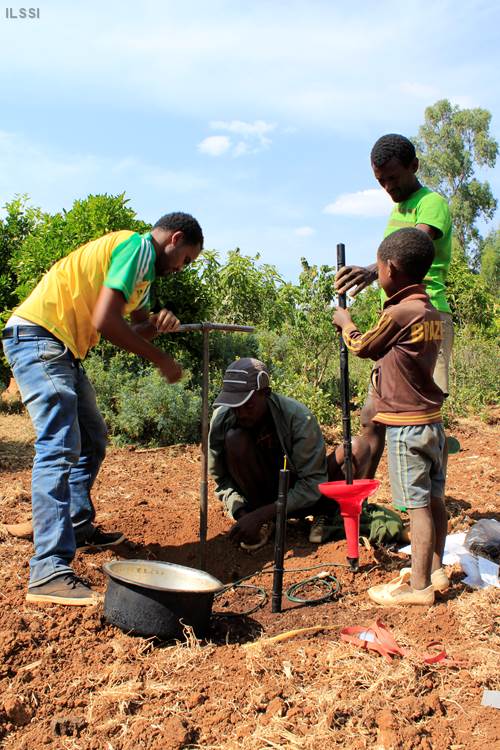
“ILSSI targets capacity development interventions at multiple levels, including farmers — women, men, youth — local artisans, extension and subject matter specialists, as well as researchers, scientists, national planners and decision-makers,” Stellbauer said.
During the five-year project, 700 students have been trained in modeling techniques. Short-term training was provided for 465 farmers, government staff, civilians and others that focused on increasing small-scale irrigation and the use of the technologies, tools and practices.
Lefore said the project connects with national universities to provide training to local extension and farmers. “Many extension agents in Africa have had no training on irrigated production, so the project works directly with local extension,” she said.
Capacity development also ensures the knowledge is successfully transferred to farmers and will last generations after the project is complete. “Each season I visit the farms, and I see changes on farmers’ fields,” Lefore said. “In some cases, the area under irrigation has expanded 10 times the original piloting plots as farmers gain confidence in the benefits of irrigated vegetables and fodder.”
Although in its fifth and final year of funding, ILSSI is currently being considered for an additional five years of funding to continue irrigation training and research.
The project’s success has brought people from neighboring villages who took the initiative to ask the project farmers about their experiences and learn about irrigated production.
Each season I visit the farms, and I see changes on farmers’ fields. In some cases, the area under irrigation has expanded 10 times the original piloting plots as farmers gain confidence in the benefits of irrigated vegetables and fodder.
“The quality of the diet and amount of food available has substantially increased because of the research we’re doing, so that’s a good thing,” Clarke said.
Explore this Issue
Authors
As a communications specialist for TWRI, Sarah Dormire works with the institute's communications team leading graphic design projects including TWRI News, flyers, brochures, reports, documents and other educational materials.

